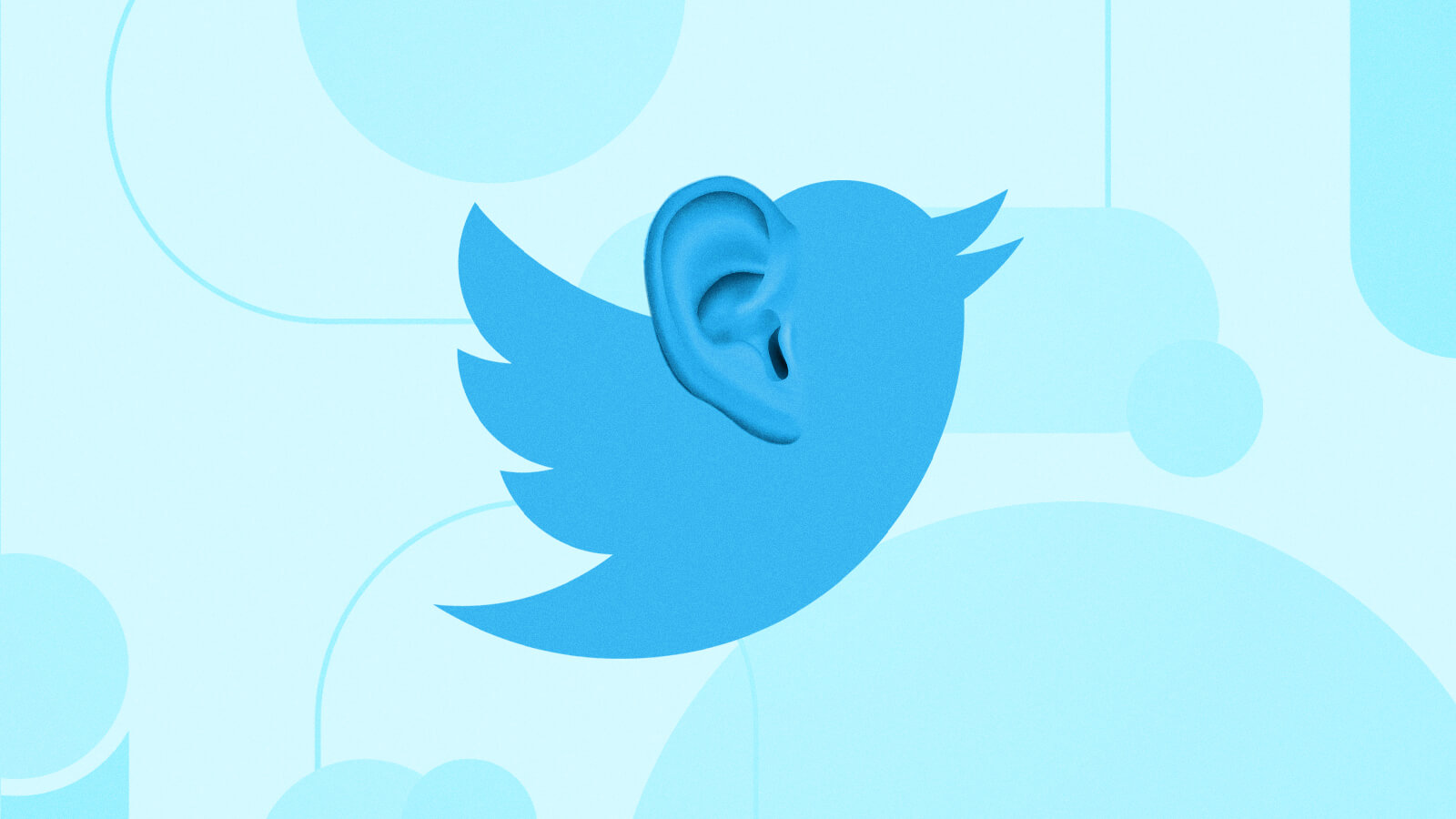Twitter has become highly appealing for market research this year for two critical reasons.
With more proactive use of this tool nationwide, the U.S. sample becomes more representative. And, because Twitter is a bite-sized sharing platform with limited character counts (140 words or less), running data analytics on key words is more targeted and accurate.
Ryan Oliver, senior director at Twitter, recently shared a 2020 analytic study of 10 billion tweets, synthesized into 10 thoughts to help us understand macro shifts in consumer behavior and values that are especially timely.
These are important to keep in mind as agencies and organizations alike think about how they speak to and sell value of their products and services to consumers.
- Parenting and Family Structure: Gender roles shift massively. We see a 42% increase in conversation around parenting – specifically, more equal participation in childrearing and housekeeping than ever before.
- Friends: Users talk about decisions to tighten social circles. Fifty percent have made critical changes to their friendships, where friends on the fringe are getting the boot. Life is too short to spend cultivating and nurturing friendships that don’t bring us joy.
- Race and Inequality: This has become a popular topic on Twitter for obvious reasons. #BLM remains a top 10 hashtag. Consumers are no longer tolerating companies that look away; they want transparency on stance of the issue.
- Career Risk Tolerance: America’s hustle culture has created a yearning for a better quality of life, in a time where we see a massive flux in career stability and uncertainty about the future. We are seeing a 24% increase in tweets of people posting how they are trying something new and more likely to take risks.
- Mental Health: People are more aware, more curious and braver than ever before. Fifty-five percent of Twitter users feel mental health is a paramount priority for general wellbeing. Mental health has entered the chat and our day-to-day lives for good. It’s no longer taboo but part of our everyday conversations.
- Grieving: We are all grieving, regardless of whether COVID has impacted us directly or indirectly. In the past six months, there has been a 51% increase in tweets about grief. Because grief is shared consistently and at a broad level, researchers suggest the potential for empathy levels to increase at individual levels.
- Hobbies: Forced stillness brought on by COVID has expanded interest in extracurricular learning. With ample time to discover new, permanent passions, it is predicted that 50% of Twitter users will not only develop, but stick to, new hobbies (cue sourdough breadmaking) that will increase quality of life.
- Philanthropy: Giving has taken a more permanent form, with people wanting to make more meaningful commitments. We see a 69% increase in tweets about donating. People are ready to write a check but are unsure where it will be best utilized. Seventy-two percent feel like they make a difference when they support a brand or organization that aligns with their values.
- Leadership: Leadership is no longer one size fits all. Tweets reveal that good leaders understand and meet different employee needs based on a range of personalities and socio-economic status. Thirty-nine percent of people are tweeting about feeling undervalued at work (likely due to more isolated work environments). Support is not a zero-sum game, and leaders may need to work harder to convey appreciation where face-to-face interaction is not viable.
- Home: Almost half the country is marrying work and home. Some of the most common terms include: pajamas, roommates, boundaries and permanence. People are not only adjusting but perhaps preferring the WFH adjustment. In the future, workers across different industries expect that coming into office one to two days a week will become the norm.

